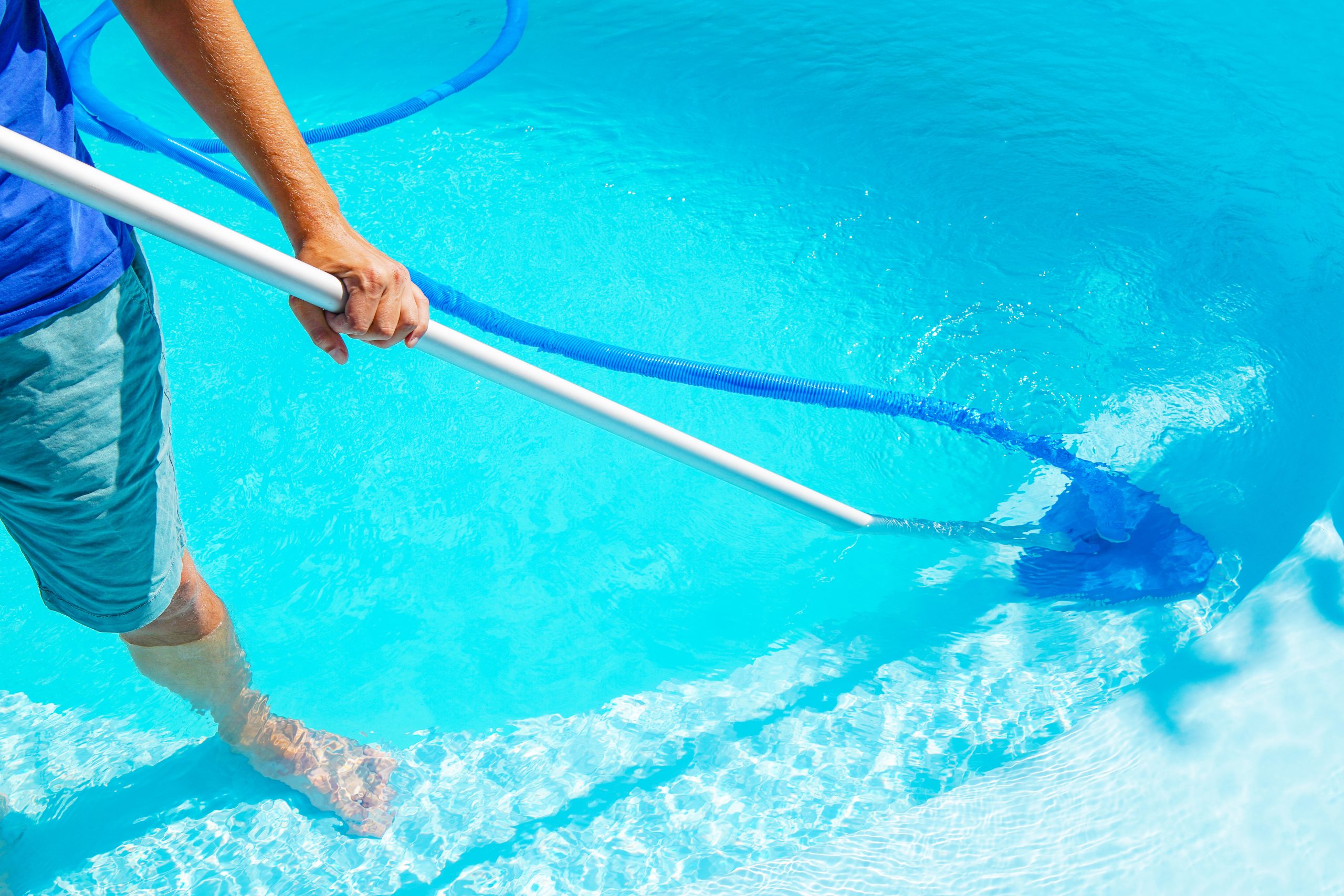Preparing your pool for winter is critical for any pool owner looking to protect expensive pool equipment from cooler climates. According to the experts, treating your pool at least once a week before closing it for winter is important.
Here’s a detailed guide to winterising your pool the right way.
Prepare Your Pool for Winter with These Tips
Deep Clean the Pool
Remove leaves and debris in the water using a pole or a net. Use a pool scrub and a telescoping pole to scrub the walls and the floor.
After thoroughly scrubbing, you may notice the water turns green because of the algae stuck at the pool’s bottom.
Alternatively, you can use an automatic pool cleaner if you don’t want the manual process; vacuum all the leaves and the debris away after scrubbing.
Balance Winter Chemicals
Use a pool test kit to measure alkalinity, chlorine, and water pH. The pH levels should range between 7.2 and 7.8. The proper pH level protects your pool from corrosion and scale build-up.
The chlorine level should not exceed five parts per million. Ensure the alkalinity falls between 100 and 150 parts. Once you balance the pH, alkalinity and chlorine levels, add winter chemicals to protect the pool from algae growth.
Shock the Pool
Shock the pool using additional chlorine tablets to kill off any bacteria left in the water. Leave the water to run for hours to allow the chlorine to circulate well throughout the water.
Consider shocking the water at night and leaving the pump to run until the following day. Use a saltwater cell to distribute chlorine if your pool is salty.
Lower the Water Level
Lower the water levels once done with shocking to prevent overflowing, however, this is more important in freezing temperatures and less a requirement of the warm Australian climate.
Leave the water level at about one foot below the skimmer if you’re using a mesh cover. For solid covers, the water level should be about half a foot below the skimmer.
Clean the Filter
Excessive deposits in the filter may clog it up and harden over time. Consider cleaning off dirt deposits in the filter before leaving it for winter.
Remove the Pool Accessories and Cover the Pool
The final step is removing all pool accessories and covering the pool to prevent dirt from getting inside. Use a larger and heavier cover for an above-ground pool to prevent wind from blowing it off.
Conclusion
Winterising a pool follows a similar process for many pool designs. However, the water drainage procedure may vary slightly for above-ground swimming pools.
Consider investing in a heavier pool cover if you own an above-ground pool. Such pools are more exposed to strong winds. A light cover will easily be carried away, exposing your pool to more dirt. Not sure how to winterise your pool? Contact the experts today at Affordable Pools.
Read Also:
4 Tips to Plan the Perfect Summer Pool Party
The Best Pool-Side Plants to Create a Resort-Feel At Home

